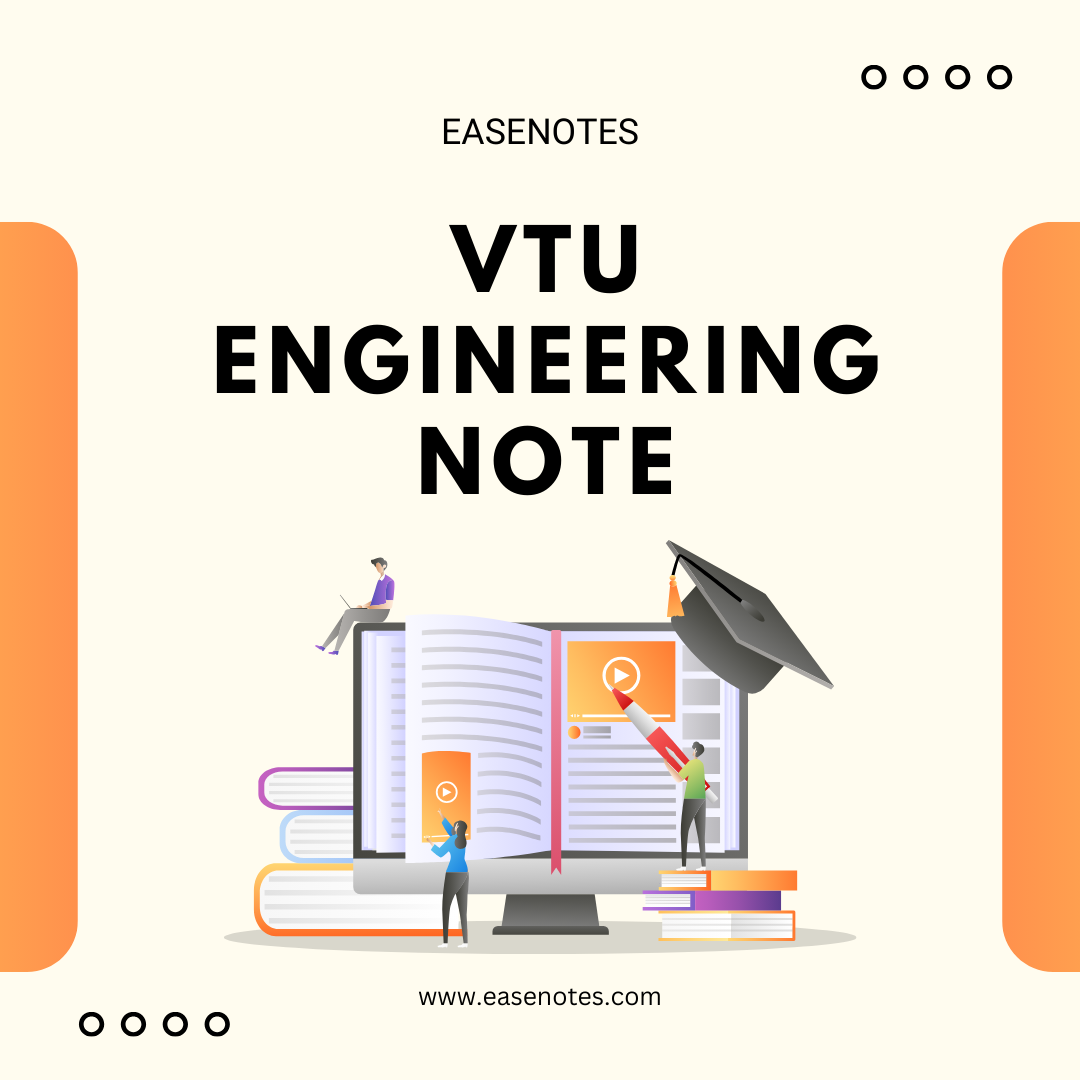Scheme & Syllabus Copy of Biology for Engineers 2022 Scheme Vtu Notes
Biology for Engineers-BBOK407 2022 Scheme Vtu Notes syllabus copy
Biology for Engineers-BBOK407 2022 Scheme Vtu Notes.
MODULE 1 - Introduction to Biology
- The Cell: The basic unit of life, structure, and functions of plant and animal cells. Differences between prokaryotic and eukaryotic cells. Stem cells and their applications.
- Biomolecules: Properties and functions of carbohydrates, nucleic acids, proteins, and lipids.
- Special Biomolecules: Importance of enzymes (classification with examples, properties, and functions), vitamins, and hormones.
MODULE 2 - Biomolecular Applications
- Carbohydrates: Cellulose-based water filters, PHA and PLA as bioplastics.
- Nucleic Acids: DNA vaccines for rabies, RNA vaccines for COVID-19, DNA fingerprinting in forensics.
- Proteins: Proteins as food, including whey protein, meat analogs, and plant-based proteins.
- Lipids: Biodiesel and cleaning agents/detergents.
- Enzymes: Glucose-oxidase in biosensors, lignolytic enzymes in bio-bleaching.
MODULE 3 - Biological Systems and Engineering Solutions
- Brain as a CPU System: Architecture, CNS and peripheral nervous system, signal transmission, EEG, and robotic arms for prosthetics. Engineering solutions for Parkinson’s disease.
- Eye as a Camera System: Architecture of rod and cone cells, optical corrections, cataract, lens materials, and bionic eye.
- Heart as a Pump System: Electrical signaling (ECG monitoring), heart issues, design of stents, pacemakers, and defibrillators.
- Lungs as a Purification System: Gas exchange mechanisms, spirometry, abnormal lung physiology (COPD), ventilators, and heart-lung machines.
- Kidney as a Filtration System: Mechanisms of filtration, chronic kidney disease (CKD), and dialysis systems.
MODULE 4 - Nature-Inspired Innovations
- Echolocation: Ultrasonography and sonars.
- Photosynthesis: Photovoltaic cells and bionic leaf.
- Bird Flight: GPS technology and aircrafts.
- Lotus Leaf Effect: Superhydrophobic and self-cleaning surfaces.
- Plant Burrs: Velcro invention.
- Shark Skin: Friction-reducing swimsuits.
- Kingfisher Beak: Bullet train design.
- Human Blood Substitutes: Hemoglobin-based oxygen carriers (HBOCs) and perfluorocarbons (PFCs).
MODULE 5 - Bioengineering and Advanced Applications
- Muscular and Skeletal Systems: Bioengineering solutions for muscular dystrophy and osteoporosis. Scaffolds and tissue engineering.
- 3D Bioprinting: Techniques and materials, 3D printing of ears, bones, and skin.
- 3D Printed Foods
- Electrical Tongue and Electrical Nose: Applications in food science.
- DNA Origami and Biocomputing
- Bioimaging and AI: Artificial intelligence for disease diagnosis.
- Self-Healing Bioconcrete: Based on Bacillus spores, calcium lactate nutrients, and biomineralization processes.
- Bioremediation and Biomining: Microbial surface adsorption for removing heavy metals like lead, cadmium, mercury, and arsenic.


